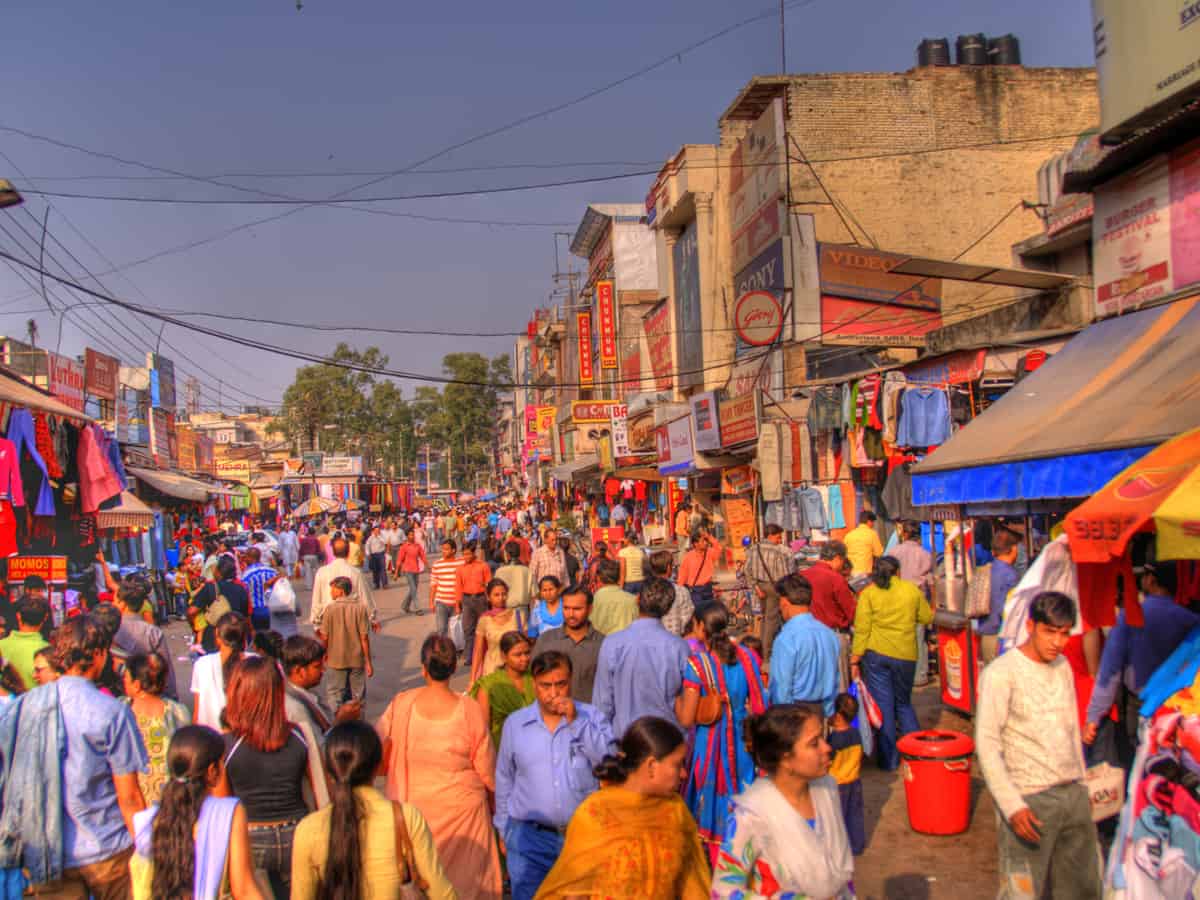
By Nahia Hussain and Amir Ullah Khan
As per the National Family Health Survey released earlier this year, India’s fertility rate has fallen from 2.2 in 2015-16 to 2.0 in 2019-21. The most remarkable drop has been in Jammu and Kashmir. In the same year, contraceptive prevalence has increased from 54% to 67%. Fertility has dropped below the replacement levels of 2.1 in all states barring Bihar, Uttar Pradesh, Jharkhand, Manipur and Meghalaya. In a departure from the previous years, Kerala and Tamil Nadu have increased their fertility rates marginally, after having seen them drop continuously over the last three decades. Ladakh, Andaman Nicobar Islands, Goa and Jammu and Kashmir now have a fertility rate of less than 1.5.
There are a host of determinants that are known to impact fertility rates – biological, social and economic. India sees a drop in fertility rates, which may be credited to the rise in women’s literacy rates, advancements in healthcare, the expansion of mass media outreach programs and contraception services. While these determinants are one side of the story, the heightened economic risks may also have dampened the population growth rates.
As per the latest World Inequality Report 2022, India is highlighted to be a very “poor and very unequal country, with an affluent elite”, where the top 10 per cent holds 57 per cent of the total national income while the bottom 50 per cent’s share is just 13 per cent in 2021. This perhaps could explain the falling fertility rates in some of the poorer states. Moreover, several studies confirm that millennials are less well off than members of earlier generations when they were young, with lower earnings, fewer assets, and less wealth. This certainly impacts the number of children the present generation can produce and sustain.
Female literacy has always been a critical factor contributing to lower fertility rates. However, while it is necessary, it is not a sufficient reason. For even states with lower female literacy, such as Bihar and UP, the decline in fertility levels is significant. Furthermore, States like Madhya Pradesh, Rajasthan and Odisha, previously included in the BIMARU group, even with relatively low levels of female literacy, now have fertility levels even below the replacement rate. Kerala, even with one of the highest literacy rates in the country has increased its fertility rate. Despite an 88% literate female population, Meghalaya has a fertility rate of 2.9, disproportionately higher than the rest of the country.
India’s declining sex ratios were always a major demographic blunder; however, the trend is a recipe for disaster when coupled with falling fertility. According to the latest round of NFHS data, most states have managed to increase their sex ratios at birth considerably, although still below the global standard. The disturbing trend of falling sex ratios accompanied with falling fertility seems glaringly obvious in the Chandigarh, Goa and Daman Diu and Dadra and Nagar Haveli. It is also seen in UP, Bihar, Jharkhand, Odisha and a few others.
Another aspect attributed to control in population levels is the availability of adequate health services for women and children. The Maternal Mortality rate (Deaths per 100,000 live births) fell by 60% between 2000 and 2017 in India. Fertility fell by 32% in the same period. Given that health infrastructure has shown marked improvements, fertility rates have stabilised to a large extent.
In the 19th Century, in order to deal with overpopulation, Western Europe had increased the legal age for marriage. The intervention had a significant impact on fertility reduction. The Union Cabinet’s decision to increase the marriageable age of girls from 18 to 21 needs to be relooked. The reduction in marriageable age does not necessarily convert to the reduction in early marriages or cut fertility. For instance, Zambia has set the legal age of marriage as 21; however, two out of 5 girls in Zambia are forced into child marriage. Moreover, Zambia has a fertility rate as high as 4.6. Several African nations show a similar trend. On the contrary, Kuwait, which defines the marriageable age of girls as 16, has a fertility rate of only 2. While the move may be a legal attempt to prohibit early marriages – allow women the benefits of education and employment and thus empower them, it needs to be revisited in the light of the new developments in India’s population story.
As the long-term consequence of the pandemic gradually start to unravel, the plummeting birth rates globally is particularly alarming. The data from January 2021 reveals that birth rates fell drastically in different countries. Italy, which was severely affected by COVID-19, saw birth rates decline by 22%, as did Spain and France. In Asia, too, Hong Kong and Taiwan have recorded a 56% and 23% fall, respectively. Even the already ageing nations of South Korea and Japan have witnessed a significant reduction in their birth rates. The NFHS-5 does not account for the pandemic year, and hence the effects of the pandemic on the fertility rates in India are yet to be seen.
Historically, pandemic years have seen a bust in fertility rates due to the economic uncertainties of the period. The fall in fertility rates for India will mean that the State will have to allocate a sizeable chunk of its resources towards old age support in the coming years. The period post-pandemic has always followed a period of boom in fertility rates; however, it remains to be seen whether the same replicates in the Indian scenario. What is conclusively established however is that fertility has very little to do with religion or caste, it is an outcome of poor health facilities, vulnerable children and high mortality rates at birth.
Amir Ullah Khan and Nahia Hussain are researchers at Centre for Development Policy and Practice (CDPP) based in Hyderabad.

